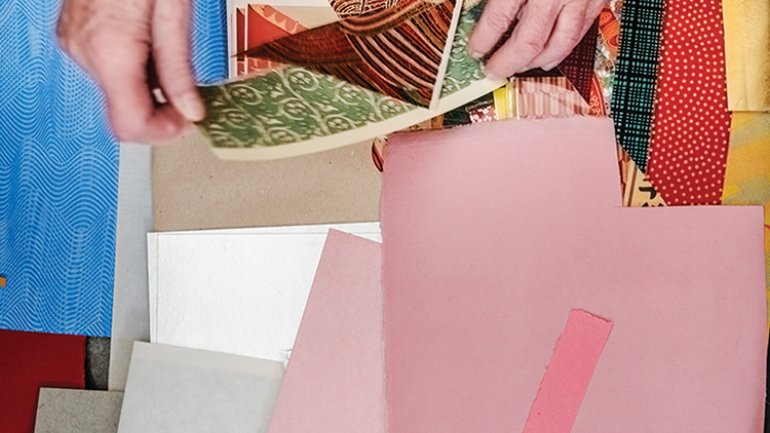Welcome Home
Welcome Home
Artists, I’d argue, are more particular about their homes than the average person. Again and again I’ve seen this, as I’ve interviewed artists where they live and helped shape our Crafted Lives stories, which offer a glimpse inside the dwellings of creative people.
An artist, generally speaking, won’t settle for any random kitchen table. An artist won’t abide bad carpeting. An artist won’t affix some generic print to the wall and call it a day. Artists need to craft their surroundings, the spaces where they relax, refuel, socialize, and sleep, as much as they need to craft their work – and they will spend their last dime doing it.
Why should this be? Certainly artists, as a rule, are more visually sensitive than the guy on the street. They are more attuned to the look and feel of their environments; they see what’s out of place, out of sync, and they are driven to fix it.
Yet the artist’s compulsion to perfect her everyday surroundings may be more complicated than that, I realized as we put together this issue focused on craft at home. Artists may actually have a special need to feel comfortable in their concrete environments because they spend so much time in abstraction. They may crave familiarity, because they so often venture into uncharted territory. They may need to feel grounded as an antidote to flying high. They may need safety and comfort because their work involves a certain unacknowledged risk.
Degas spoke to the riskiness of being an artist. “A painter paints a picture with the same feeling as that with which a criminal commits a crime,” he said. Making art is often experimental, precarious, uncertain, even scary. The danger of failure and loss is always present. A work of art is something you only hope to get away with.
My criminal experience is limited to a preteen shoplifting excursion in a Denver drugstore, but I remember what it felt like: terrifying, thrilling, electric. Time slowed down, and my anxiety shot up. What was going to happen? Would I get caught? Would I make it home?
I pulled it off. That’s the way art feels, Degas might say, if you’re doing it right. You squeak by. No wonder so many artists need to feel at home, at home. Disequilibrium cries out for stability. Anxiety needs relief.
Artists’ homes, by and large, are carefully tended and idiosyncratic. Potter Marvin Bjurlin and his wife Christina Rausa have completely transformed their upstate New York home over the years; today it incorporates a two-story wall of teapots. Veteran book artist Claire Van Vliet lives among neatly stacked reams of treasured paper. “Home” to fiber artist Kiyomi Iwata means something broader: a yearly trek to her Japanese homeland to soak up the sense of mystery and ritual so vital to her work.
The creative spirit is a fragile thing. One essential ingredient, clearly, is the experience of coming home.

